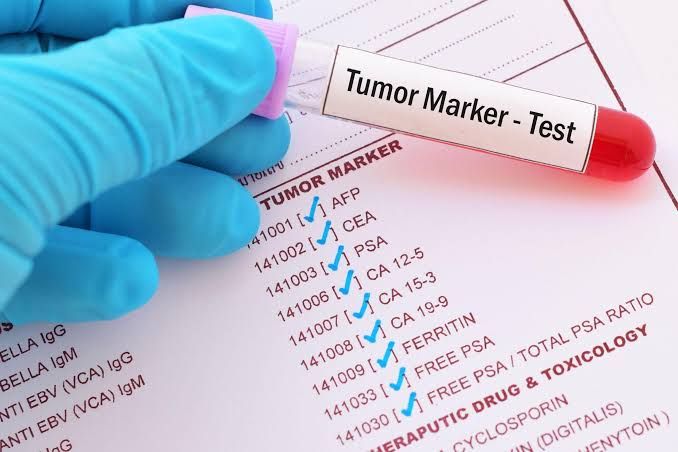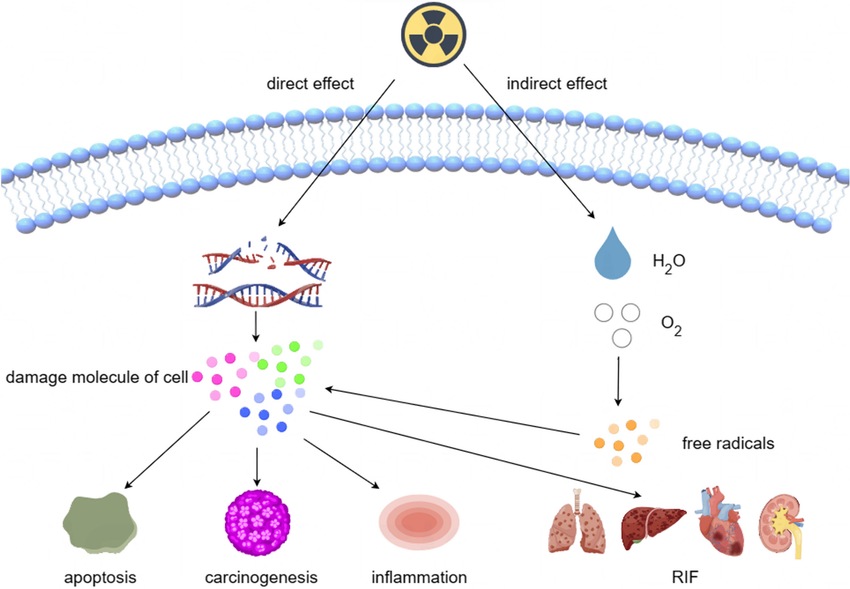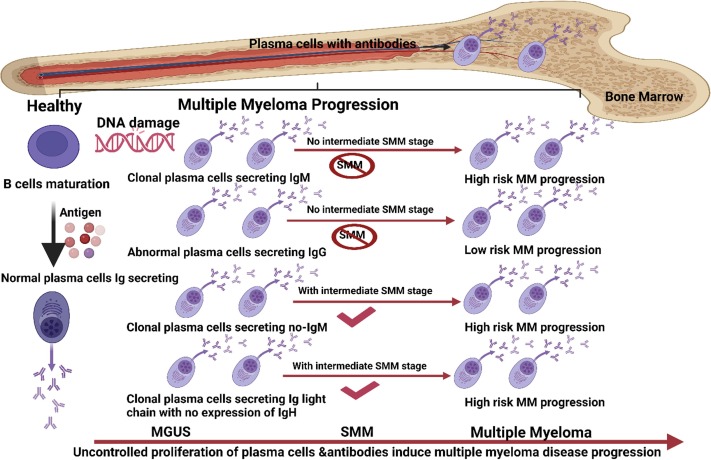
Classification of Tumor Markers
Tumor markers can be classified into several categories based on their origin and the type of cancer they are associated with. The main classifications include:
- Oncofetal Antigens: These are proteins that are typically produced during fetal development but are also found in higher concentrations in certain tumors. Examples include:
- Alpha-fetoprotein (AFP): Elevated in liver cancer and germ cell tumors.
- Carcinoembryonic antigen (CEA): Associated with colorectal cancer, lung cancer, and other malignancies.
- Hormones: Some tumors produce hormones that can serve as markers. For example:
- Human chorionic gonadotropin (hCG): Elevated in testicular cancer and gestational trophoblastic disease.
- Enzymes: Certain enzymes may be elevated in specific cancers, such as:
- Prostate-specific antigen (PSA): Used primarily for prostate cancer detection.
- Receptors: Tumors may express specific receptors that can indicate the presence of cancer or predict treatment response:
- Estrogen Receptors (ER) and Progesterone Receptors (PR): Important for breast cancer management.
- HER2/neu: Overexpression is significant in breast cancer treatment decisions.
- Genetic Markers: These include mutations or alterations in genes that can indicate susceptibility to certain cancers or predict response to therapy:
- KRAS mutations: Relevant for colorectal cancer treatment with targeted therapies.
- Miscellaneous Markers: This category includes various other substances that do not fit neatly into the above classifications but have clinical significance, such as:
- CA 125: Primarily used for ovarian cancer monitoring.
- CA 15-3: Associated with breast cancer monitoring.
Significance of Tumor Markers
The significance of tumor markers lies in their ability to provide critical information regarding the presence, progression, and treatment response of cancers:
- Early Detection and Screening: Certain tumor markers can aid in the early detection of malignancies before symptoms arise, potentially leading to earlier intervention and improved outcomes.
- Diagnosis Confirmation: Tumor markers help confirm a diagnosis when combined with imaging studies and histopathological evaluations.
- Prognosis Assessment: Levels of specific tumor markers can correlate with disease stage and aggressiveness, providing prognostic information that helps guide treatment decisions.
- Monitoring Treatment Response: Serial measurements of tumor markers can indicate how well a patient is responding to therapy, allowing for timely adjustments if necessary.
- Recurrence Monitoring: After treatment, rising levels of tumor markers may signal recurrence before clinical symptoms or imaging changes occur.
Clinical Implications
The clinical implications of using tumor markers are profound:
- Guiding Treatment Decisions: Knowledge of specific tumor marker status can influence the choice of therapeutic agents; for instance, HER2-positive breast cancers may be treated with trastuzumab (Herceptin).
- Personalized Medicine Approach: Understanding genetic mutations like KRAS allows oncologists to tailor treatments based on individual patient profiles, enhancing efficacy while minimizing unnecessary side effects.
- Screening Limitations Awareness: While tumor markers offer advantages for screening, their limitations—such as low specificity and sensitivity—must be understood to avoid false positives or negatives that could lead to unnecessary anxiety or interventions.
- Research and Development Focus: Ongoing research into new biomarkers continues to expand our understanding of cancer biology, potentially leading to novel diagnostic tools and therapeutic targets.
In summary, while no ideal tumor marker exists due to issues like nonspecificity and variable sensitivity, many currently available markers play essential roles across various stages of cancer care—from screening through treatment monitoring—highlighting their importance in modern oncology practice.







